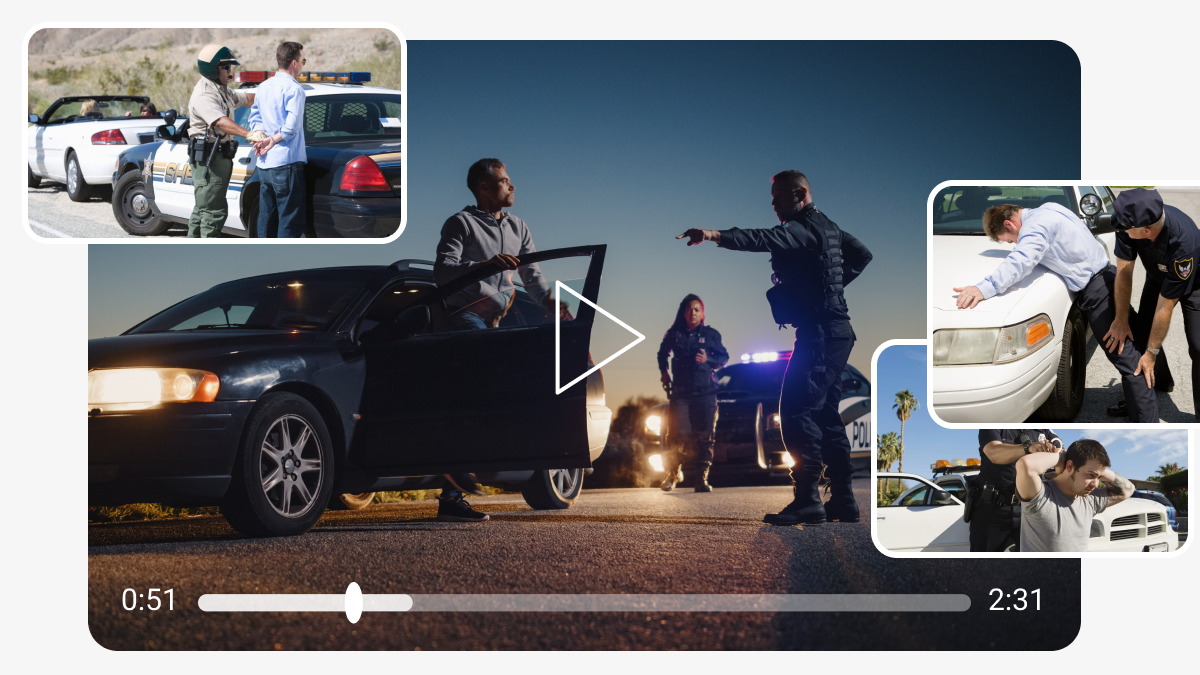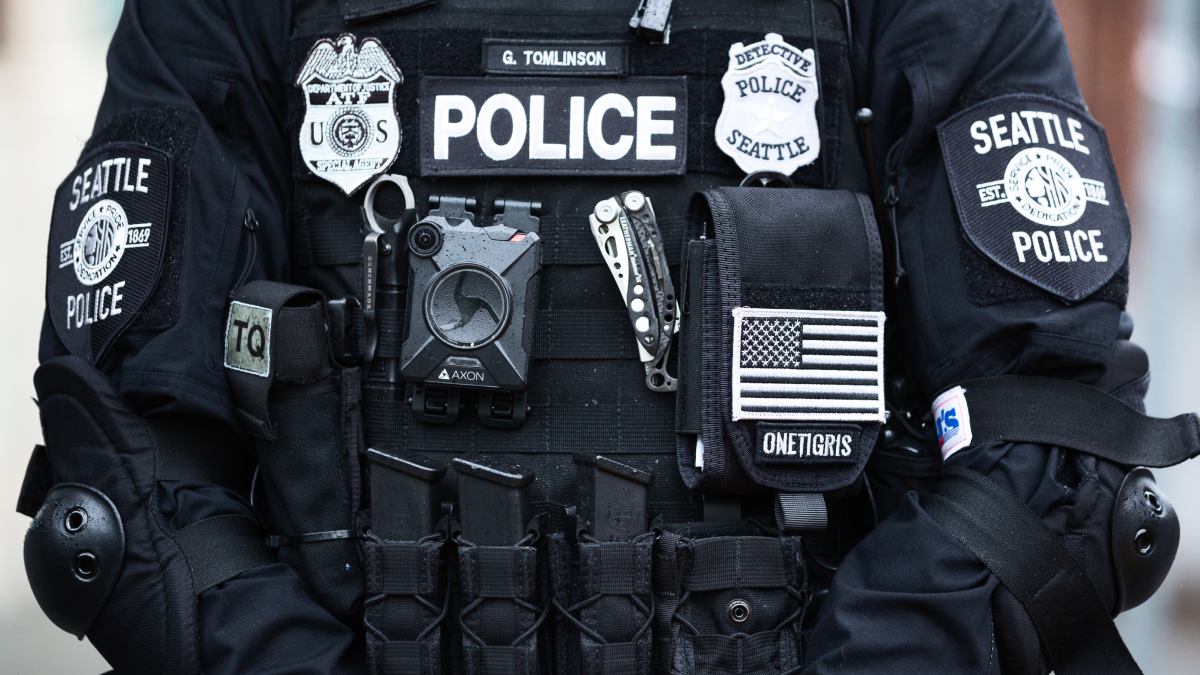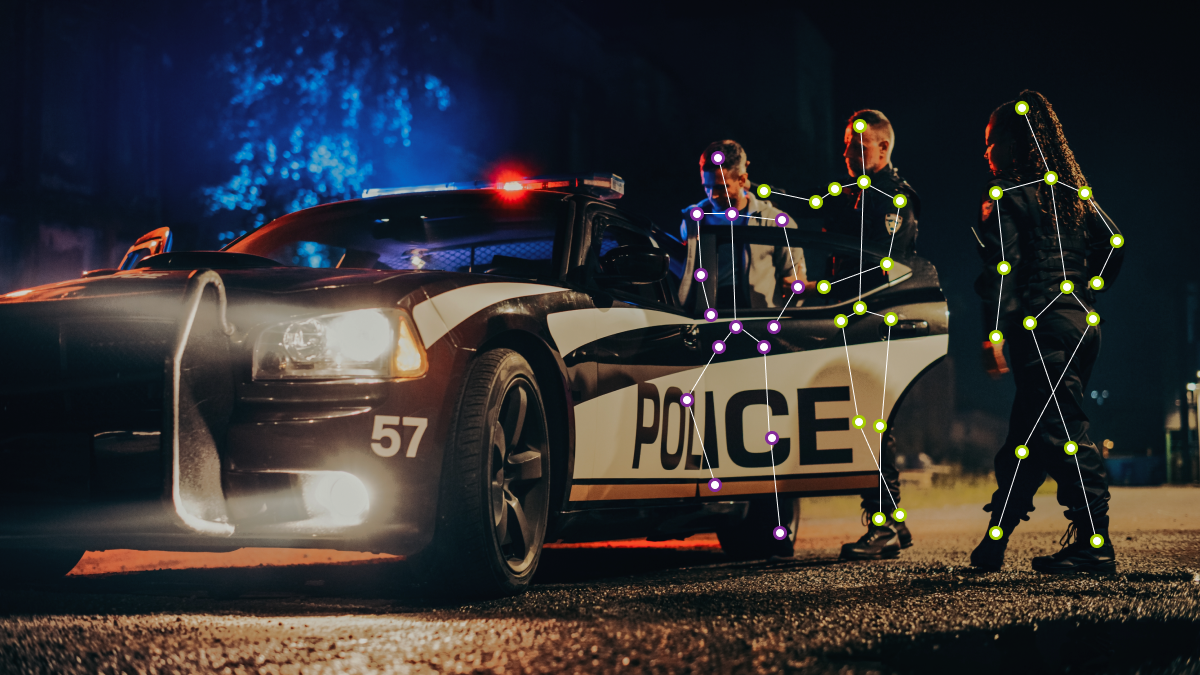AI Can Help Police Departments Analyze Body Camera Videos
Police officers were body cameras to capture police-community member interactions. The footage obtained can be a valuable tool for officers, prosecutors, and others in the processing of evidence and in the ability to communicate with the public in a way that was previously impossible. Thanks to recent advancements, AI can be used by police departments to analyze these videos to obtain new insights into areas of improvement.
In this article, we will take a look at how AI can be used to enhance policing efforts and the data annotation required to create it.
What is the Benefit of Body Cameras to Police Officers?

Body-worn cameras can help officers’ tasks become easier as they are now the new norm in law enforcement. They give cops a chance to review, explain, and present evidence that they would not otherwise have as a teaching and investigation tool. Body-worn cameras can also be helpful for departmental training and policy review. While some may be dubious, this video argues that officers can benefit from wearing body cameras and offers solutions to some of the problems they can cause.
How Can AI Help Police Departments Analyze Camera Recordings?

Police departments generate thousands of hours of body-cam footage. The idea behind the AI technology is to scan the recordings, looking for audio cues that can help identify patterns, such as problems patrol officers may have interacting with the public. Then, departments can address issues through training before problems escalate. The end result is a detailed study of thousands of interactions as its end result, allowing departments to immediately spot at-risk situations and departmental trends.
In addition to analyzing audio files, AI systems could also analyze video, which would give all kinds of insights into physical interactions. Police officers have very strict instructions on how to handle particular situations, and the AI can help analyze the videos to determine how effective the training is and whether all the rules and procedures are being followed. In addition to analyzing police actions, this video analysis could also be useful for defense attorneys in court as evidence and can help the lawyer protect the defendant’s rights and win their case. The big benefit of this technology is that it can eliminate tedious paperwork by automatically classifying who is doing what, where, and with whom in body-cam footage.
It is important to note that current AI systems do not replace human reviewers but rather make human reviews faster and more efficient, enabling them to scan thousands of videos at once. In addition to this, there are also some limitations that need to be taken into account. For example, how accurately can the system identify sarcasm, and a number of natural-language processing models have exhibited bias along racial, ethnic, and gender lines? If the AI system cannot fully understand the full spectrum of human speech, then this is definitely problematic for policing efforts. Fortunately, better-trained AI can be fine-tuned to understand these nuances, which is done through data annotation. We explore this part in the next section.
What Types of Data Annotation are Needed to Train This Technology?

For AI systems to understand human speech, then data annotation for Natural Language Processing (NLP) will be needed. This includes things like entity annotation, which teaches NLP models how to identify parts of speech, named entities, and keyphrases within a text. These individual entities need to be linked together, which is a separate annotation task, and it allows the AI system to learn more information about the entities. Finally, sentiment annotation will also be useful since it involves labeling emotion, opinion, or sentiment inherent within a body of text.
For video analysis, the training dataset will need to be annotated with methods like bounding boxes to more complex techniques, like keypoint annotation. The latter involves labeling specific landmarks on objects in images or videos to identify their position, shape, orientation, or movement. Multiple keypoints can be connected to form larger structures known as keypoint skeletons.
Trust Mindy Support With All of Your Data Annotation Needs
Mindy Support is a global provider of data annotation services and is trusted by Fortune 500 and GAFAM companies. With more than ten years of experience under our belt and offices and representatives in Cyprus, Poland, Romania, The Netherlands, India, OAE, and Ukraine, Mindy Support’s team now stands strong with 2000+ professionals helping companies with their most advanced data annotation challenges.




